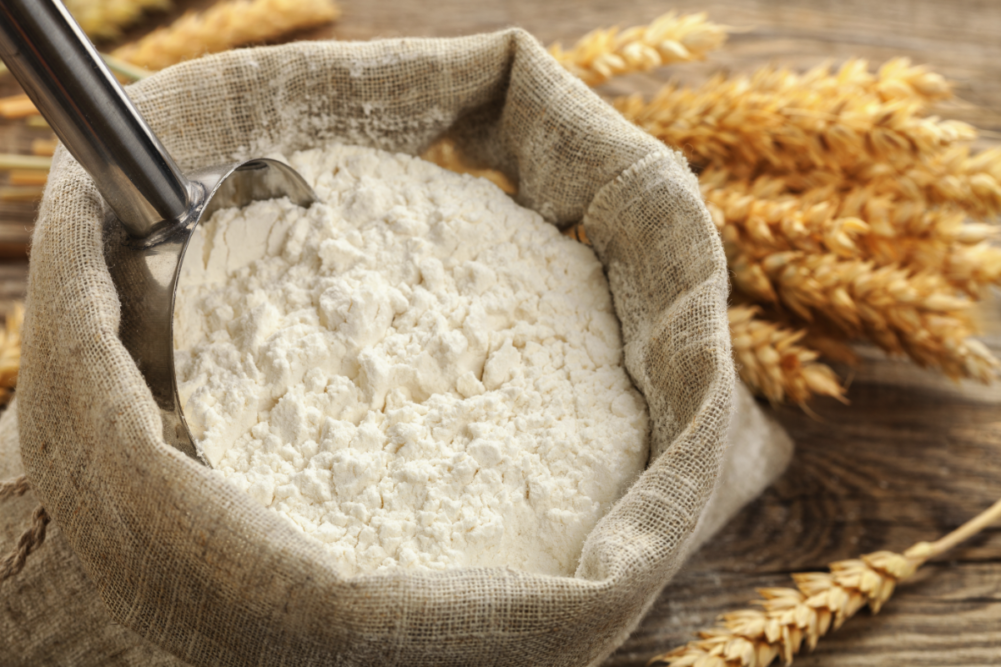KANSAS CITY, MISSOURI, US — Per capita flour consumption has fallen six of the last eight years, so recently published data indicating consumption fell to 129.2 pounds in 2021, the lowest level since 1989, may not have been a shock to industry executives. Per capita disappearance has been trending downward for 25 years.
 Josh Sosland
Josh SoslandLosing a pound one year, a half a pound another, what does it really mean for the industry? Business has been good in recent years for many in the milling and baking industries, so does it matter? To the degree the per capita flour consumption figure seems abstract, examining the annual costs of a 25-year downward trend in per capita flour consumption may be worthwhile. Such an exploration seems particularly appropriate as the industry contemplates next steps after deciding against a $20 million per year checkoff program.
More important than hitting a 33-year low is that per capita consumption in 2021 was down 17.6 pounds from the 1997 modern peak of 146.8 pounds. This drop means, with a US population of 332.4 million, the loss of 5.9 billion pounds of flour demand per year, or 58.6 million cwts, versus consumption had the figure remained at 146.8 pounds.
Economically, what has the 58.6 million cwts of lost business cost? Billions. For flour milling, it would take 19 new 10,000-cwt flour mills, operating six days a week at 100% of daily capacity to produce the 58.6 million cwts per year (more capacity than is operated by the third largest US milling company). At recent prices of about $30 per cwt, the loss of this business equates to $1.7 billion in lost annual bulk flour sales.
Because flour is used in so many different finished products, accurately translating the loss to bakers and other users is more difficult. Using just bread for illustrative purposes, 58.6 million cwts of flour equates to 9.5 billion pounds of bread per year. Based on the amount of flour used at a typical large commercial baking plant, the capacity of almost 200 additional bakeries would be necessary to meet demand if per capita consumption had held at 146.8 pounds. At a recent price of $1.61 per 1-pound loaf, as estimated by the US Department of Labor, the lost bread business at retail level equates to $15.5 billion per year.
If 146.8 pounds seems an unattainable goal, keep in mind the figure is neither imagined nor an anomaly — consumption topped 146 pounds three times, most recently in 2000. It was reached during the careers of most of the industry’s current executives. To this day building a healthy diet around a daily menu that includes 6.4 ounces of flour (or 146 pounds a year) would be no challenge for nutritionists (though they would encourage at least half come from whole wheat).
Even if only half of the lost ground were to be regained, the value to the industry would be extraordinary — about 30 million cwts of flour per year and more than $7 billion per year in sales of wheat-based foods. The potential to recover this lost ground ought to be within reach. A majority of Americans consume grains at levels lower than recommended in the Dietary Guidelines for Americans. Meanwhile, as consumption fell, obesity rates during the 2000s have jumped 40%, and the rate of severe obesity has about doubled.
What’s more difficult to consider than finding a way to reverse the downward trend is what the future may look like if consumption continues to fall. Another 17.6 pounds down, and the per capita figure would be about on par with 1970, when it bottomed out at 110 pounds. Many mills and dozens of baking plants have been shuttered over the past 25 years. More closings would be needed.
Grain-based leaders 20 years ago recognized the need for bold action when deciding to launch the Grain Foods Foundation and then explore a checkoff program. Today, the numbers are more dire and the case for action is more compelling.
Josh Soland is editor in chief of Food Business News and Milling & Baking News, sister publications of World Grain.






